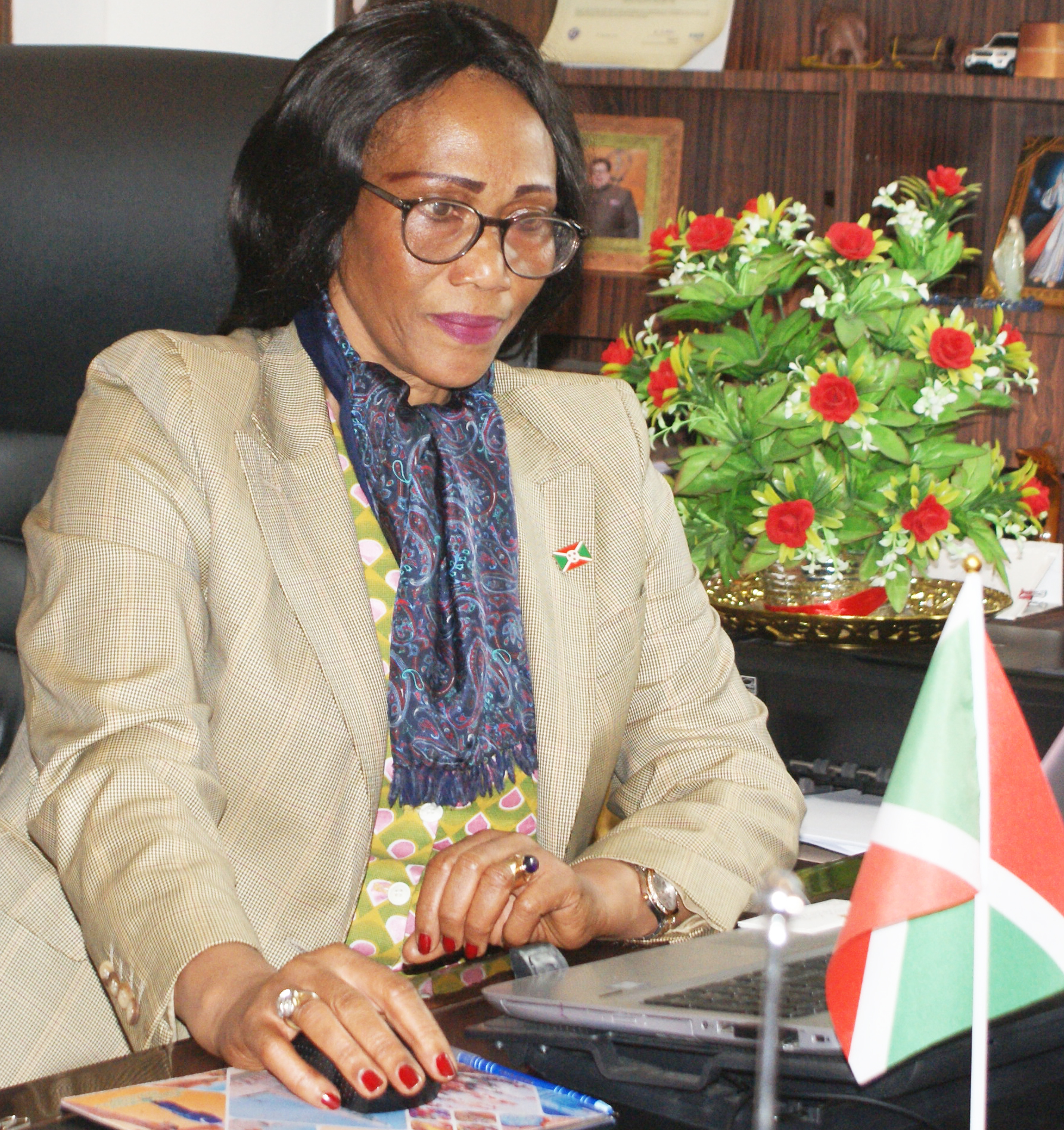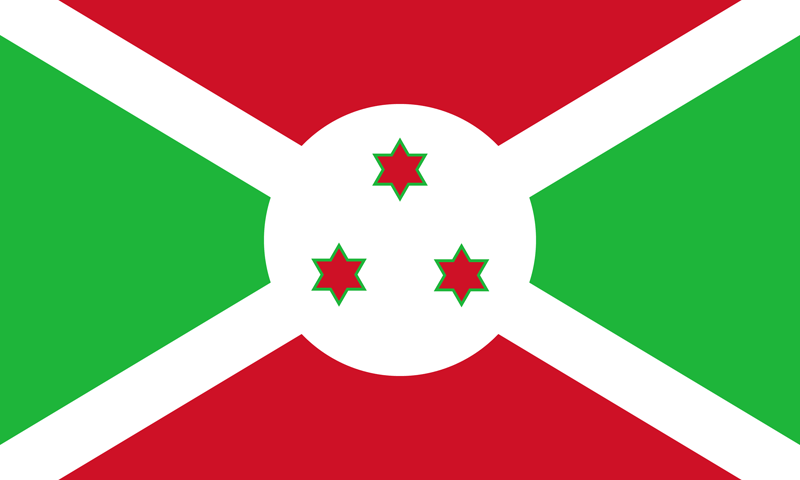

H.E. Mrs. Stella Budiriganya
Ambassador
What do you know about Burundi?
Burundi, officially the Republic of Burundi Burundi is a landlocked country in the Great Rift Valley where the African Great Lakes region and East Africa converge. It is bordered by Rwanda to the north, Tanzania to the east and southeast, and the Democratic Republic of the Congo to the west; Lake Tanganyika lies along its south-western border. The capital cities are Gitega and Bujumbura.
What is the national language of Burundi?
Burundi traditionally had two official languages: Kirundi and French. English became the third official language of the country in 2014. Of these, only Kirundi is spoken by the vast majority of the population.
What is the Capital of Burundi?
Gitega is the Capital of Burundi..
What is the religion of Burundi?
The religions of Burundi are Christian 67% (Roman Catholic 62%, Protestant 5%), indigenous beliefs 32%, and Muslim 1%. Although the Burundi constitution guarantees religious freedom, several churches have been banned.
What is the national game of Burundi?
Soccer is the national sport of Burundi.
what are minerals of the republic of Burundi?
Burundi has resources of copper, cobalt, nickel, feldspar, phosphate rock, quartzite, and rare reserves of uranium, and vanadium. The country is also a producer of limestone, peat, sand and gravel for domestic consumption and as building materials.
what are the import and export of republic of Burundi?
Gold and coffee represent the main export products (30% and 24.2%), followed by tea (15.4%), while the key imports are refined petroleum (19.4%), pharmaceutical products (5.2%) and fertilizers.
